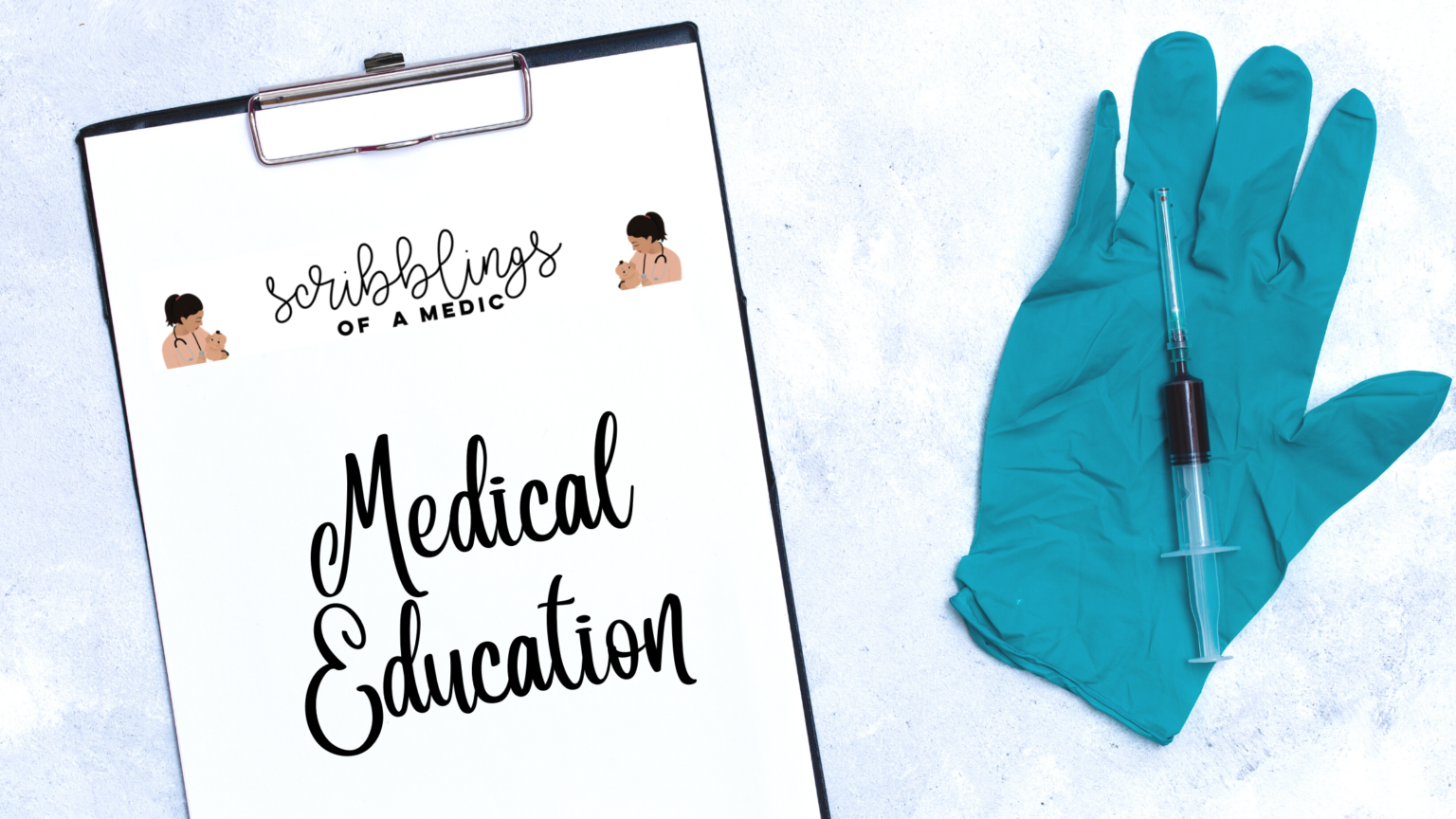Background scenario
A baby was born via normal vaginal delivery at 38 weeks and on immediate examination, the labour room nurses and midwives thought the baby had abnormally short limbs. This was the second pregnancy for the young mother and she had no risk factors. Her 1st child was well and she nor her husband had any family history of medical illness.
So what happened?

Chest x-ray showing multiple rib fracturs
The child was tachypnoeic in addition to having abnormally short limbs and so was admitted to the NICU for further management.
On examination the child was active and pink with equal air entry despite the tachypnoea. No murmurs and normal abdominal examination. The child was immediately kept nil by mouth and placed on nasal prong oxygen. On taking routine bloods, the nurse felt a slight crack when inserting the IV cannula which was suspicious. We took a routine chest x-ray which prompted us to do a full body x-ray (as shown below).
As you can see from the many radiographs, the baby has a heart breaking number of fractures, most of which possibly occured in-utero.


Multiple limb fractures
The classic popcorn bones appearance on x-ray is not seen here. Children with osteogenesis imperfecta are known to have blue sclera, but our patient did not have coloured sclera. The tachypnoea settled slightly when paracetamol was administered for the fractures as a painkiller. Using a stiff pillow the mother was able to breast feed the baby. The baby was then transferred to a tertiary care hospital for multi-disciplinary management and possible pamidronate therapy.
A bit about osteogenesis imperfecta (OI)
- OI is a common skeletal disorder and in addition to the blue sclera, limb deformities and fractures, other possible features include triangular facies, macrocephaly and hearing loss.
- The mutation of the disease has autosomal dominant/recessive inheritance or can be a new mutation.
- The mutation results in defective production of type 1 collagen (either quantitative or qualitative).
- There are more than 8 types of OI exist with variable features.
- Type I is the mildest and most common – these patients have the typical blue sclerae and fractures occur as a child, but decrease post puberty.
- Our patient most likely classifies as type III which has fractures at birth and no blue sclerae. Type II is lethal in the perinatal area with beaded ribs and deformed long bones.
- Prenatal ultrasound scan can measure the limb deformities and be diagnosed antenatally in severe OI forms.
- There is no cure, but bisphosphonate therapy (IV pamidronate) studies have been done and shown to reduce the risk of recurrent fractures and alleviate pain in children suffering with OI type III.
- With infants there is generally no surgical repair of the fractures, only observation.
The most important part of managing children with OI is educating the parents. They shouldn’t be afraid to hold the child, but need to be careful. Fractures will happen no matter how careful they are and parents should not be made to feel guilty about it.





